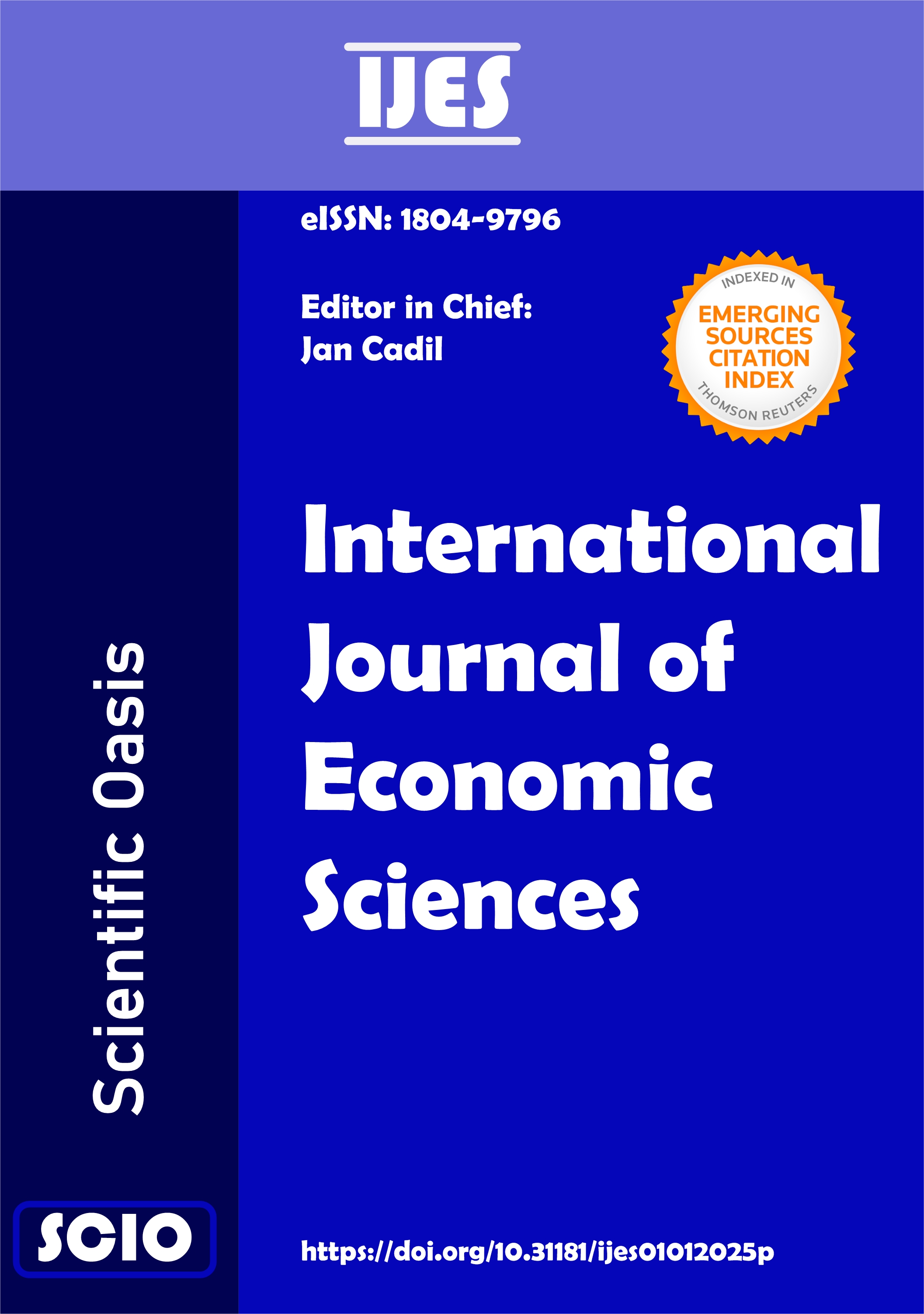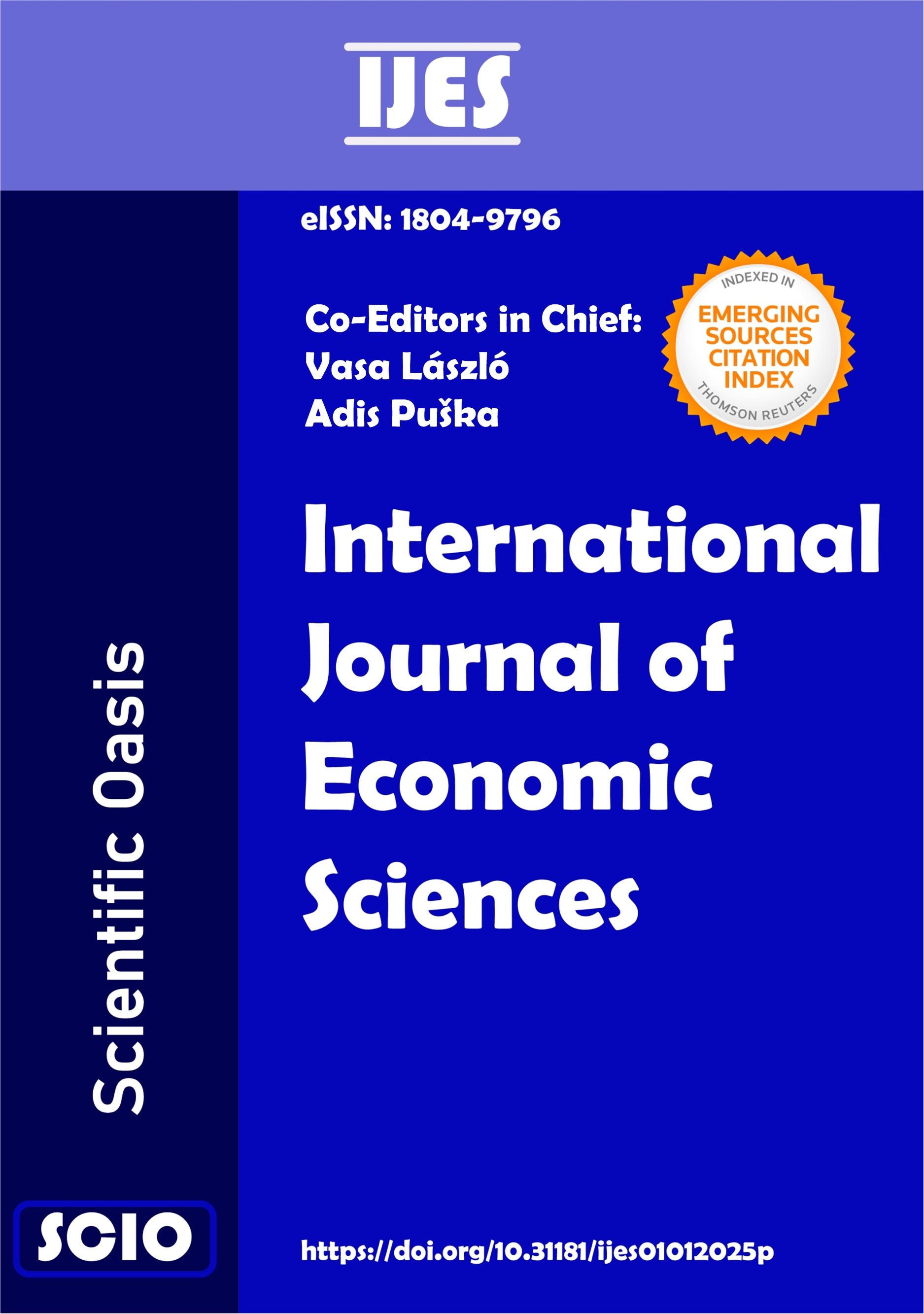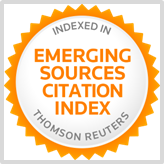FOREIGN DIRECT INVESTMENT AND INCLUSIVE GROWTH: THE ROLE OF THE FINANCIAL SECTOR DEVELOPMENT
DOI:
https://doi.org/10.52950/ES.2022.11.2.008Keywords:
Inclusive Growth, Foreign Direct Investment, Financial Sector Development, Threshold Level, ARDL ApproachAbstract
This study examined the role of the domestic financial sector development in the relationship between foreign direct investment (FDI) inflows and inclusive growth in Nigeria over the period, 1981-2020 using annual time series. Analytically, the study employed the autoregressive distributed lag approach of cointegration. The bound test result shows that there is a long-run relationship between inclusive growth and financial sector development, as well as the other underlying variables. Empirically, the result reveals that the FDI exerted a significant positive effect on inclusive growth when the domestic financial sector has reached a certain minimum level of development. The result further shows that the FDI alone has a significant negative effect on inclusive growth. This means that FDI alone does not necessarily increase the well-being of the people, except when a certain minimum level of financial sector development is attained. This is evidence that the domestic financial sector development is a pre-condition for FDI to effectively promote inclusive growth in Nigeria. Therefore, the study recommends that the development of the domestic absorptive capacity-financial sector development should be extended by promoting reforms that will translate FDI inflow into inclusive growth.
Data:
Received: 13 Sep 2022
Revised: 26 Oct 2022
Accepted: 10 Nov 2022
Published: 24 Nov 2022
Downloads
Downloads
Published
Issue
Section
License
Copyright (c) 2022 Emeka Nkoro, Aham Kelvin Uko (Author)

This work is licensed under a Creative Commons Attribution 4.0 International License.






















 All site content, except where otherwise noted, is licensed under the
All site content, except where otherwise noted, is licensed under the